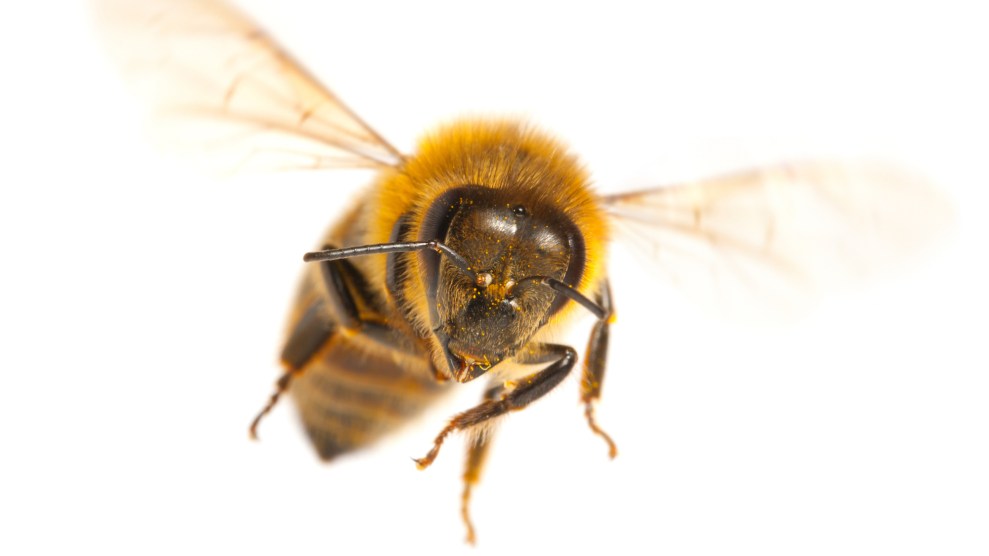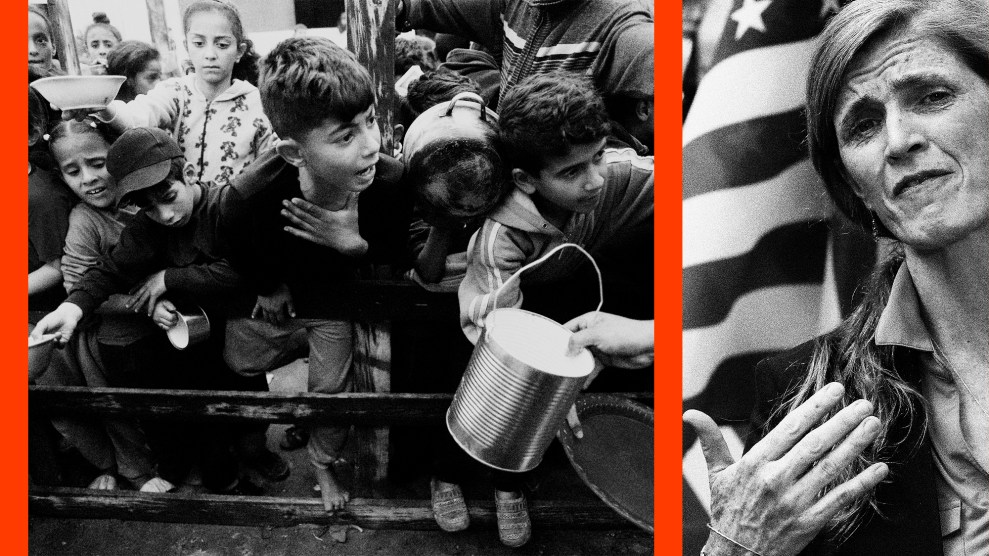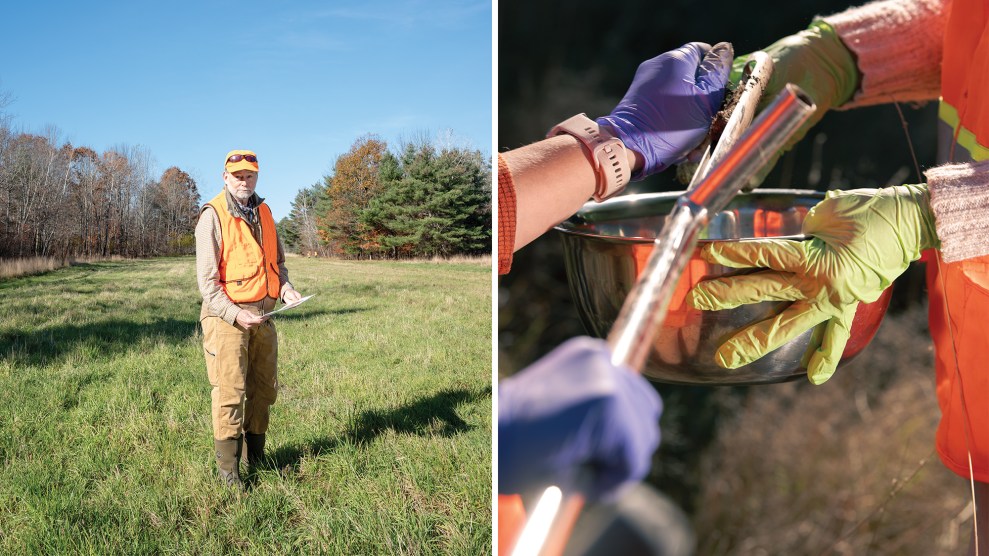In late April, the European Union banned a blockbuster trio of neonicotinoid insecticides, marketed by chemical giants Syngenta and Bayer. The decision, motivated by mounting evidence of harm to bees exposed to the chemicals, entrenches a temporary moratorium the EU placed on them back in 2013.
Here in the United States, use of neonicotinoids continues unabated. They’re widely applied to corn, soybean, and cotton seeds before planting. The chemicals suffuse the resulting plants, including their pollen and nectar, poisoning crop-chomping insects.
Imidacloprid, one of the three neonics banned by the EU, first hit US farm fields in 1994. The other two, thiamethoxam and clothianidin, debuted here in 2000 and 2003, respectively. In 2008, the declining health of honeybees and other pollinators prompted the US Environmental Protection Agency to reassess its decision to approve these chemicals.
The slow and halting reevaluation process that followed seemed to take a turn in 2016, when an EPA science review found that imidacloprid likely hurts bees at levels commonly found in crops treated with it. For a piece I wrote at the time, an EPA spokesperson told me that because of the finding, the agency “could potentially take action” to “restrict or limit the use” of the chemical by the end of 2016.
Of course, that never happened. The EPA’s website currently states that the agency “is not proposing any mitigation”—i.e., limits on neonic use—”at this stage.” I have made a query to an EPA spokesperson seeking updates on the agency’s slow-motion reassessment, and I’ll update this post if I hear back.
The EPA under the rule of Trump appointee Scott Pruitt has shown no appetite for curtailing pesticide use based on evidence of harm—even when that harm involves children, not insects. In March 2017, the Pruitt EPA reversed a decision by its predecessor to ban an insecticide called chlorpyrifos, despite strong evidence it inhibits kids’ brain development at very low exposure levels. The decision came months after the pesticide’s maker, Dow, donated $1 million to Trump’s inaugural committee, and weeks after a private meeting between Pruitt and Dow CEO and Trump booster Andrew Liveris.
Meanwhile, research uncovering the potential unintended effects from neonics continues to pile up. The pesticides are showing up at high levels in the Great Lakes and are likely harming songbirds, as well as bees. Perhaps most troublesome of all for the companies that make them, recent studies have found that neonics don’t seem to boost yields for either corn or soybean growers.













